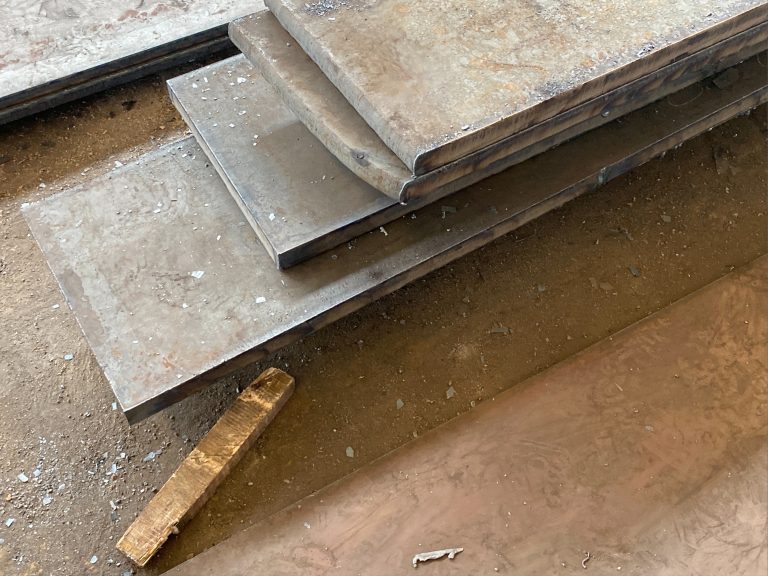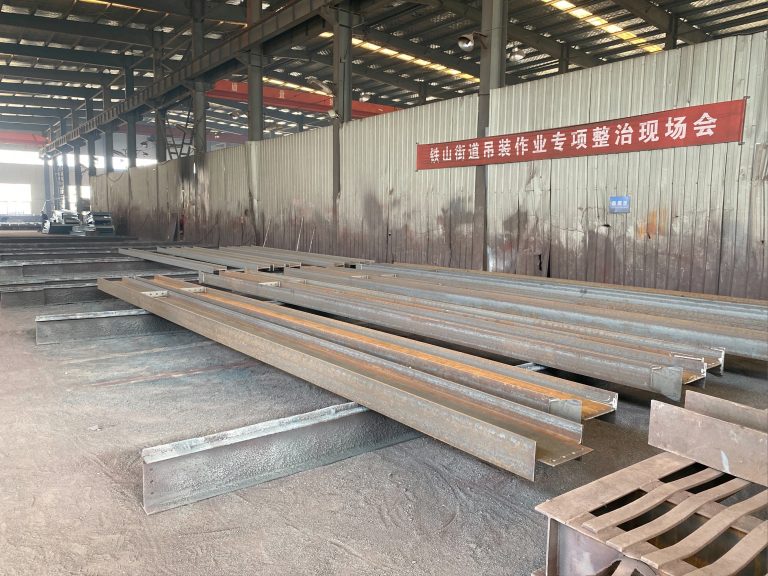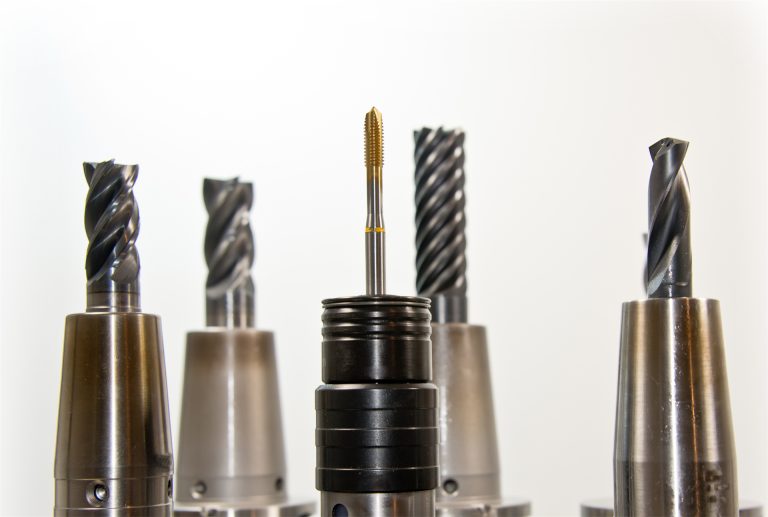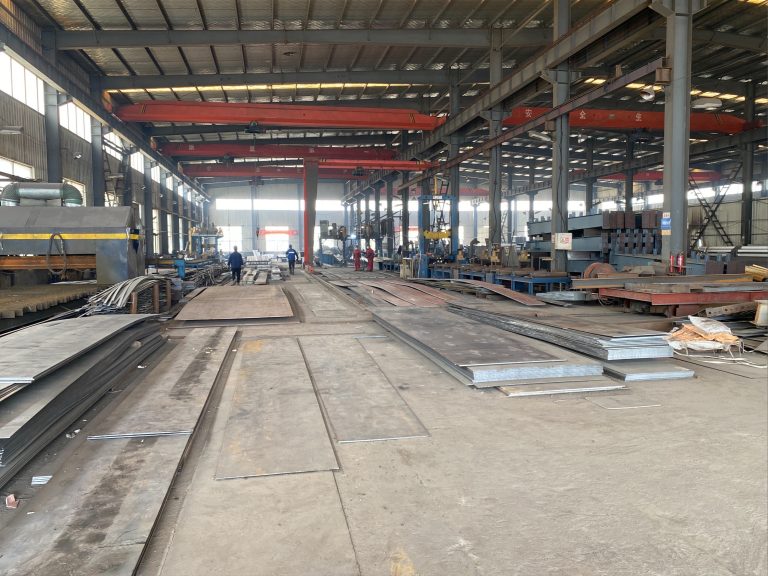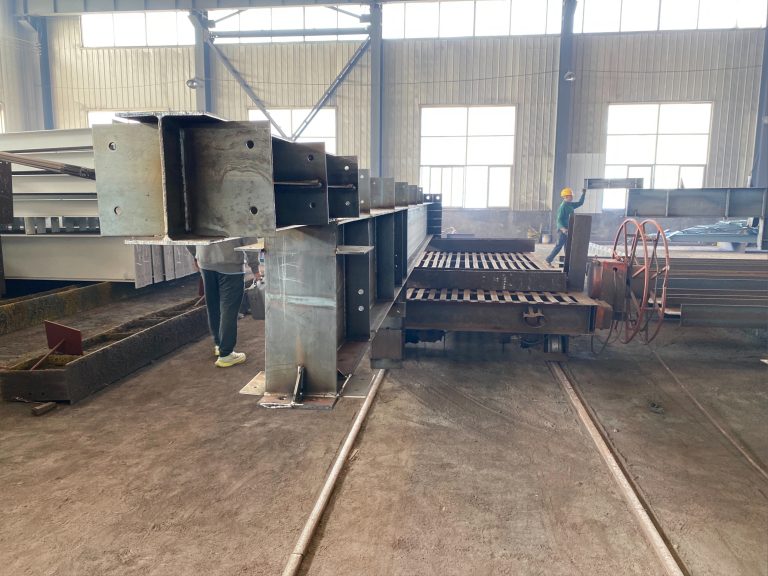Energy saving and emission reduction benefit and economic analysis of solar panel system in breeding shed
Economic Analysis of Solar Panel System in Breeding Shed
Solar panel systems have become increasingly popular in recent years as a way to reduce energy costs and lower carbon emissions. In the agricultural sector, solar panels are being utilized in breeding sheds to provide a sustainable source of energy for heating, lighting, and ventilation. This article will explore the economic benefits of installing a solar panel system in a breeding shed, as well as the potential savings in energy costs and reduction in greenhouse gas emissions.
One of the primary benefits of using solar panels in a breeding shed is the significant reduction in energy costs. Traditional energy sources such as electricity and gas can be expensive, especially for large-scale operations. By harnessing the power of the sun, farmers can generate their own electricity and reduce their reliance on the grid. This can result in substantial savings over time, as the initial investment in solar panels is often recouped through lower energy bills.
In addition to cost savings, solar panels also offer environmental benefits by reducing greenhouse gas emissions. Traditional energy sources such as coal and natural gas release carbon dioxide and other pollutants into the atmosphere, contributing to climate change and air pollution. By using solar panels, farmers can significantly reduce their carbon footprint and help protect the environment for future generations.
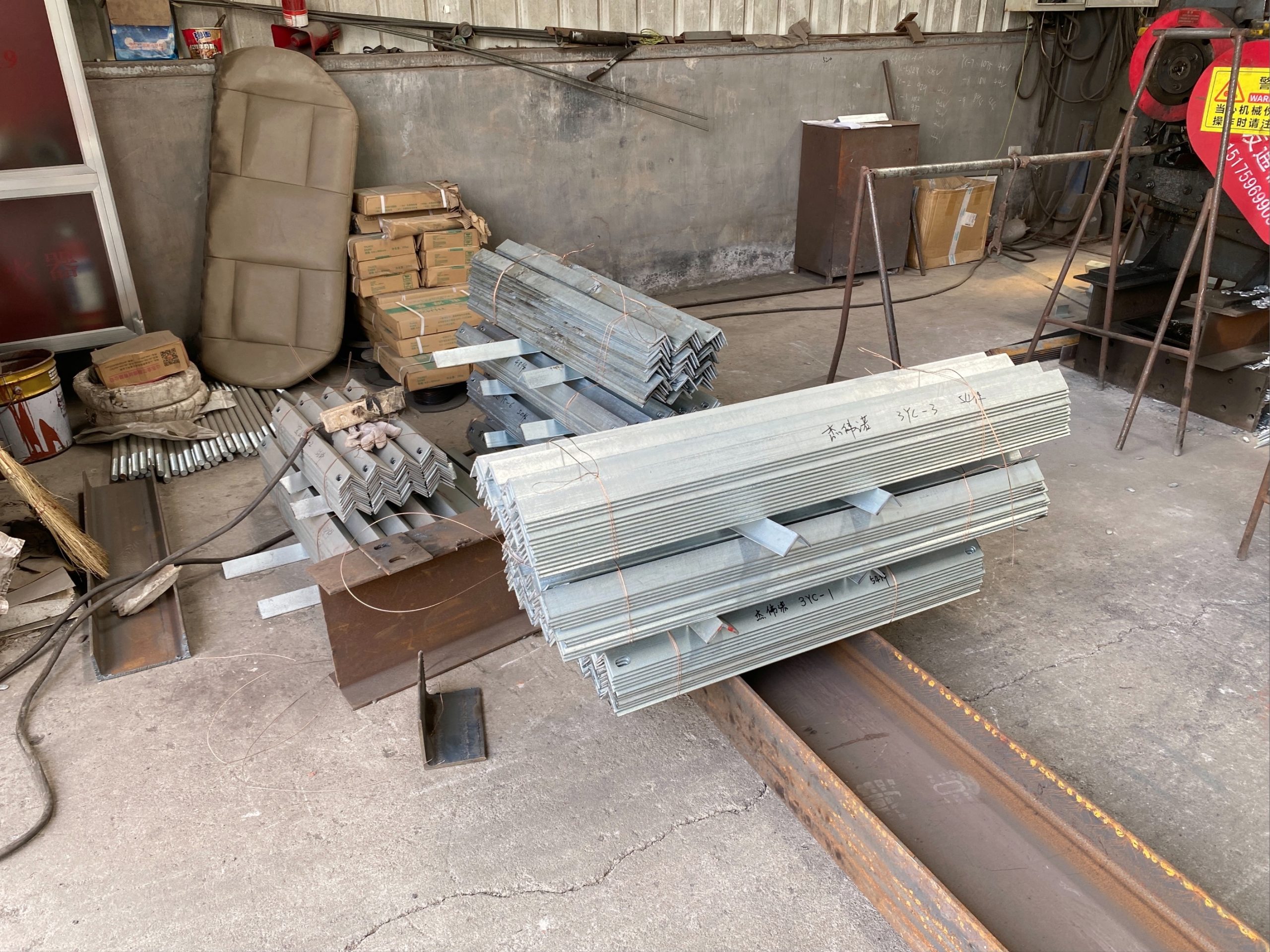
The economic analysis of installing a solar panel system in a breeding shed involves calculating the initial investment costs, ongoing maintenance expenses, and potential savings in energy costs. The initial cost of purchasing and installing solar panels can vary depending on the size of the system and the specific needs of the operation. However, many governments offer incentives and rebates for renewable energy projects, which can help offset some of the upfront costs.
Once the solar panel system is up and running, ongoing maintenance is relatively low compared to traditional energy sources. Solar panels are durable and require minimal upkeep, with most systems lasting 25 years or more. This means that farmers can enjoy long-term savings on energy costs without having to worry about frequent repairs or replacements.
To determine the economic viability of a solar panel system in a breeding shed, it is important to calculate the payback period – the amount of time it takes for the system to recoup its initial investment through energy savings. This can vary depending on factors such as the cost of electricity, the size of the system, and the amount of sunlight available. In general, most solar panel systems pay for themselves within 5-10 years, making them a sound investment for farmers looking to reduce their energy costs and environmental impact.
In conclusion, the economic analysis of installing a solar panel system in a breeding shed demonstrates the significant benefits of renewable energy for farmers. By reducing energy costs, lowering carbon emissions, and providing a sustainable source of power, solar panels offer a cost-effective and environmentally friendly solution for agricultural operations. With the right incentives and support, more farmers can take advantage of solar energy to improve their bottom line and contribute to a greener future.

